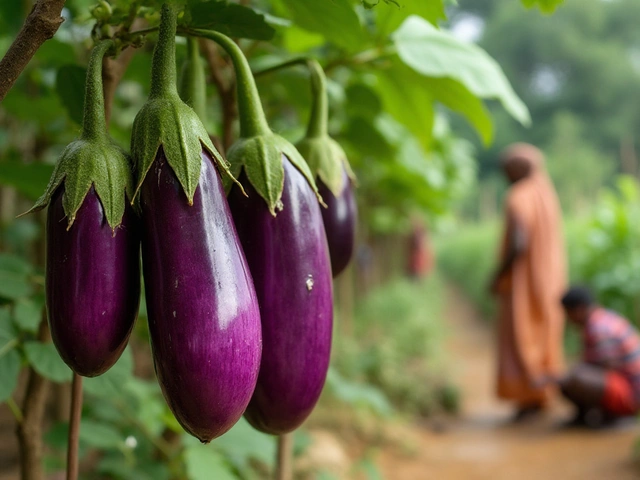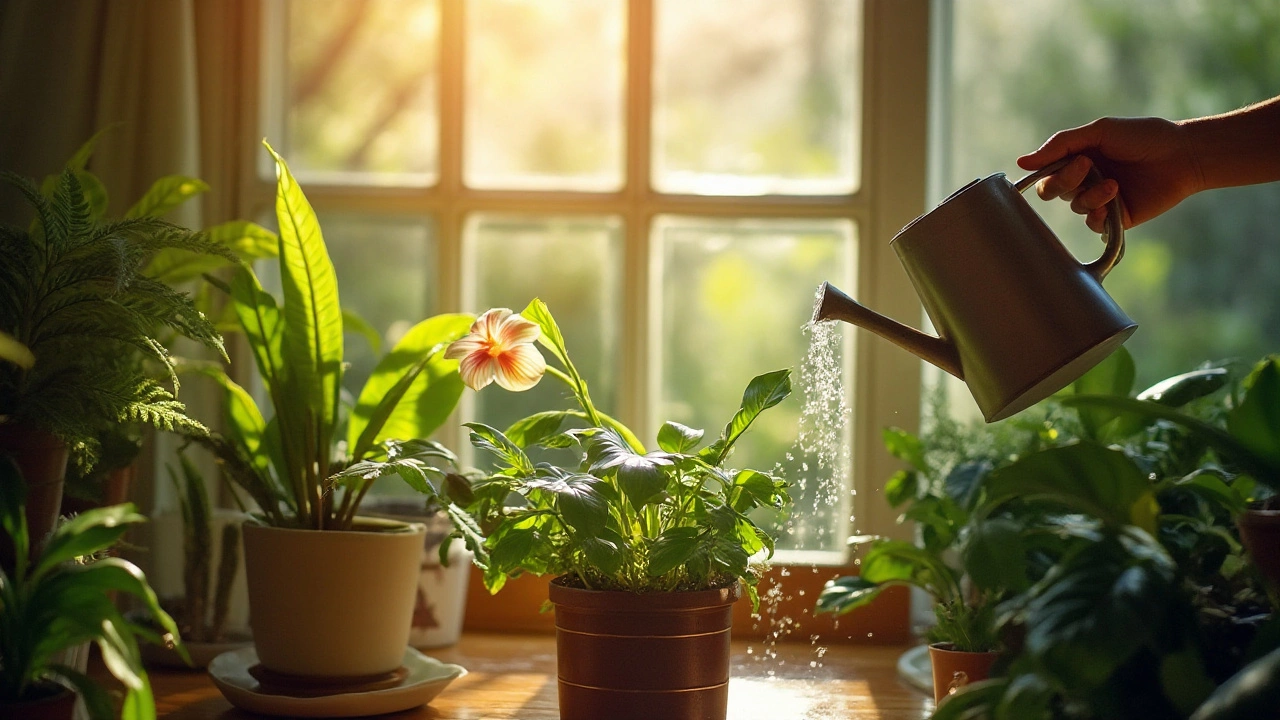Watering Plants: Simple Tips for a Thriving Garden
Water is the most important thing you give your plants, but it’s easy to get it wrong. Too little and they wilt, too much and roots rot. Below you’ll find plain‑spoken advice that works for indoor pots, balcony beds, and larger outdoor gardens. No jargon, just what you can start using today.
Choosing the Right Watering Method
If you have a few houseplants, a regular watering can works fine. For bigger spaces, consider drip irrigation. Burying drip lines 6‑12 inches deep protects them from sunlight and keeps water close to the root zone, which means less waste and healthier plants. You don’t need a pricey system – a simple DIY kit with a timer can cut water use by half.
When you’re on a balcony or a small patio, vertical drip tape or a small drip line can turn a tiny garden into a lush spot. Hang the line so water drips slowly onto each pot. This method avoids splashing soil around and gives each plant a steady supply.
Knowing When Your Plants Need Water
The easiest way to check is the finger test. Stick your finger about an inch into the soil; if it feels dry, it’s time to water. Leaves can also tell you a lot – droopy, curled, or yellowing leaves often mean the plant is thirsty. For indoor plants, look for dry leaf edges and a light feel in the pot.
Tap water is fine for most plants, but let it sit for a few hours if your water is heavily chlorinated. This gives chlorine a chance to evaporate, protecting sensitive plants. If you have hard water, collect rainwater in a barrel and use it once a week to avoid mineral buildup.
Timing matters too. Water early in the morning so leaves dry before night, reducing the risk of fungal problems. In hot climates, a quick deep soak in the evening can also work, but watch for damp foliage that stays wet too long.
Mulching is a cheap trick that keeps soil moisture longer. A thin layer of straw, leaves, or compost helps the soil stay cool and reduces the need to water every day. It also adds organic matter as it breaks down.
Don’t forget seasonal changes. During the monsoon, you may skip watering for weeks, while in the dry summer months you might need to water every two days, depending on soil type. Sandy soil drains fast, so it needs more frequent watering than clayey soil, which holds water longer.
Finally, monitor your garden’s overall health. If new growth looks strong and flowers open fully, your watering routine is on point. If you notice wilting despite regular watering, check for root rot or overwatering – the soil should feel moist but not soggy.
With these simple steps, you’ll get the hang of watering plants the right way, whether you’re tending a windowsill herb garden or a backyard vegetable patch. Keep an eye on soil, use drip when you can, and let tap water rest if needed – your plants will thank you with healthier growth and more blooms.
Optimal Times for Watering Indoor Plants: Night Vs. Day
Deciding whether to water your indoor plants during the day or at night can impact their health and growth. This article delves into the advantages and disadvantages of both timings, helping you make an informed choice. Learn about plant water needs, environmental factors, and tips to keep your greenery thriving. Explore how timing affects plant absorption and discover the best practices for different plant types. Equip yourself with the knowledge to nurture your indoor oasis effectively.
About
Indoor Plant Care
Latest Posts
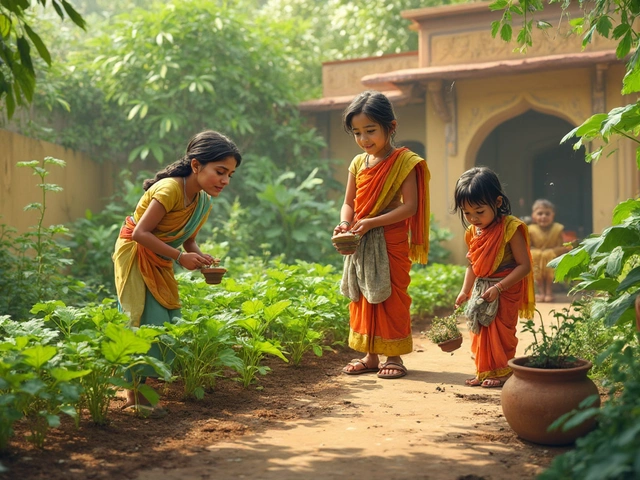
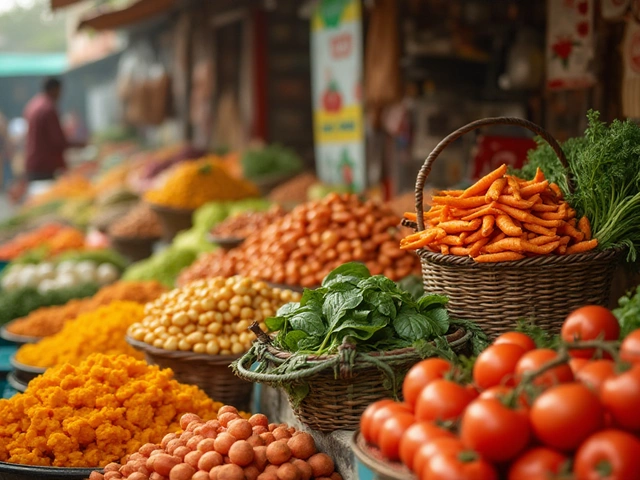
Discovering the Most Unhealthy Foods and Healthier Options in Vegetable Gardening India
By Alden Thorne Jan 30, 2025
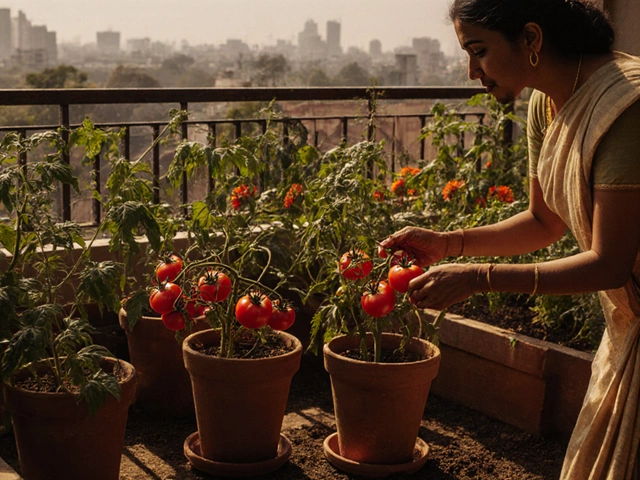
Which Vegetable Is the King of Vegetables in India? The Real Answer for Gardeners
By Alden Thorne Nov 15, 2025
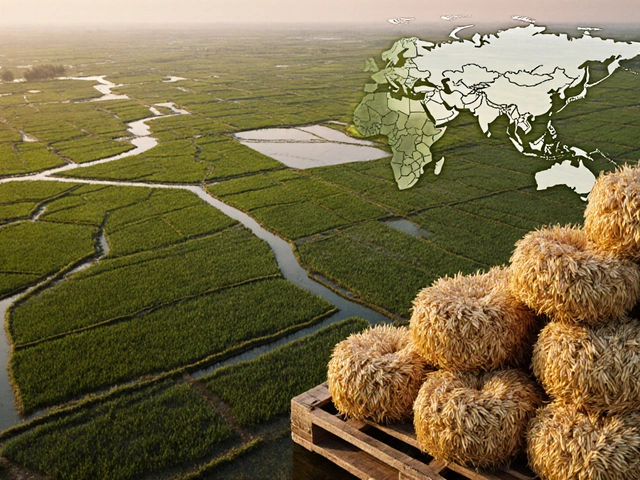
5 Surprising Rice Facts You Should Know
By Alden Thorne Oct 25, 2025
